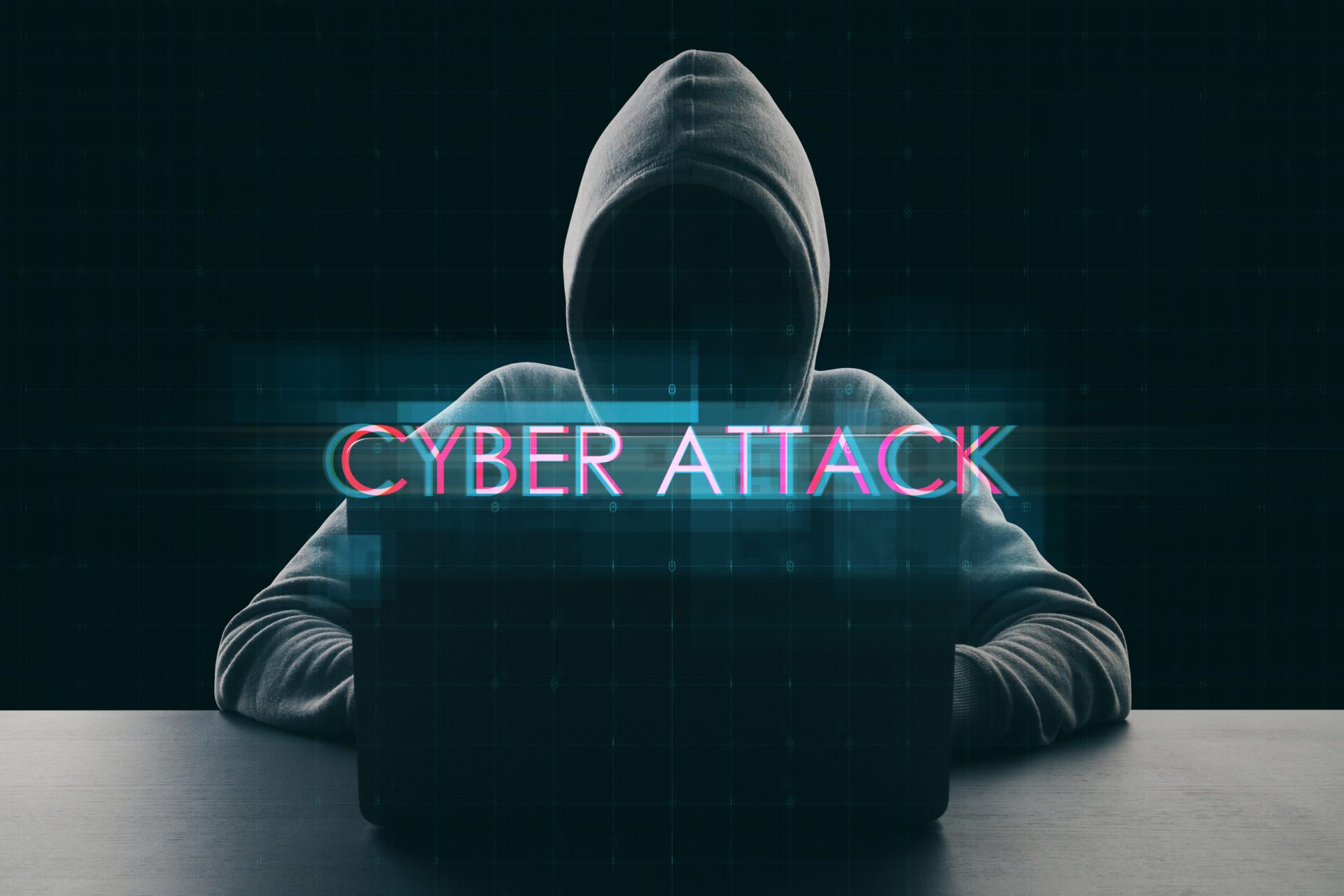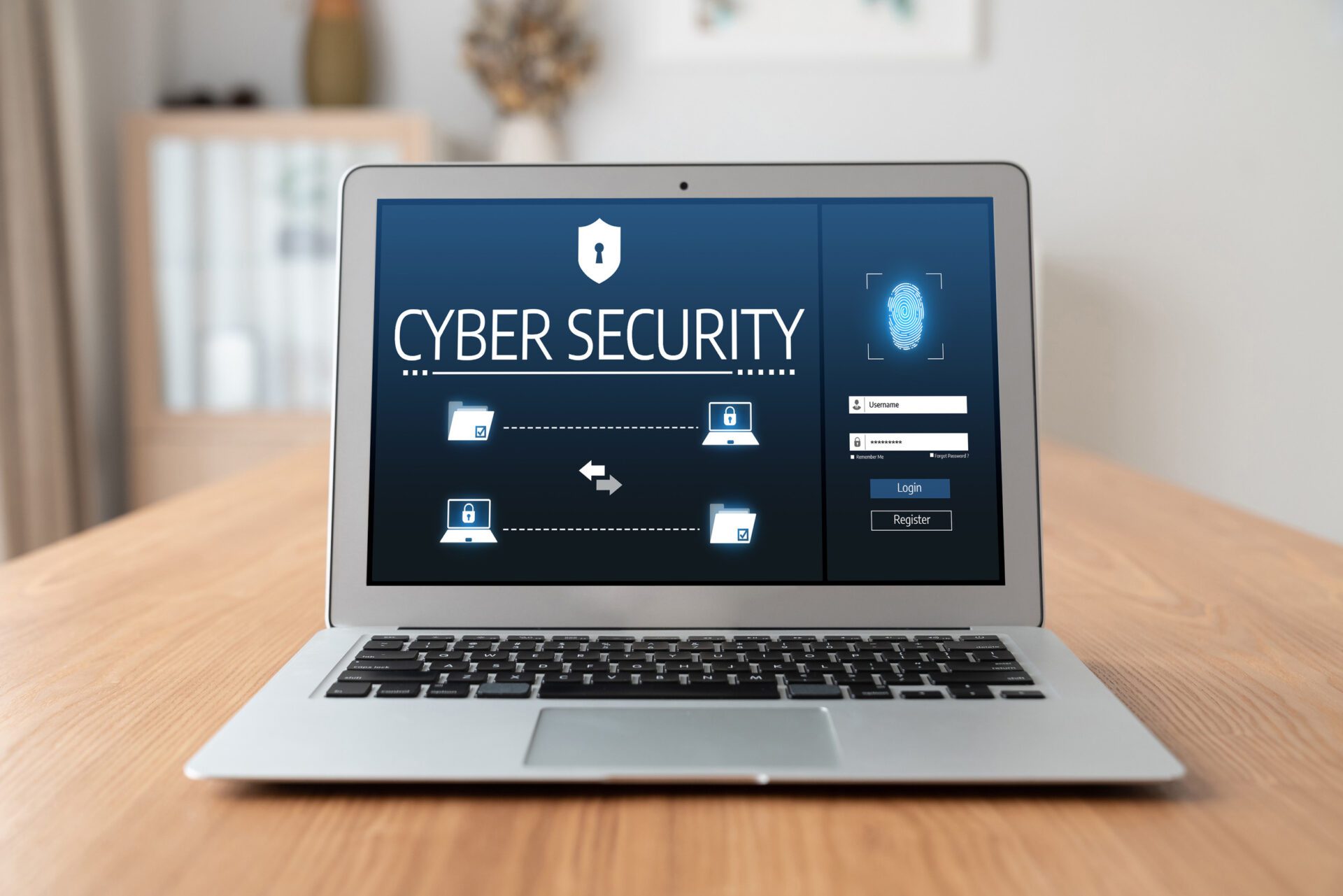
- Businesses often overlook basic cybersecurity practices, leaving them open to modern threats.
- Human error, poor backups, and weak defenses are common and costly.
- Proactive, layered security and staff training are key to long-term protection.
Cybersecurity has evolved from a back-office concern into a frontline priority for businesses across every industry. Yet despite heightened awareness, many organizations continue to make costly cybersecurity errors—often unknowingly. These mistakes not only leave businesses vulnerable to cyberattacks but also threaten operational continuity, customer trust, and regulatory compliance.
By understanding where gaps exist and taking proactive measures to close them, businesses can greatly reduce their exposure and build a stronger, more resilient digital infrastructure.
Assuming Small Businesses Aren’t Targets
It’s a dangerous misconception that cybercriminals only go after large corporations. In reality, small and medium-sized businesses (SMBs) are prime targets because they often lack dedicated IT staff, advanced defenses, or incident response plans. Attackers see SMBs as low-hanging fruit, knowing that even a minor security flaw can be exploited quickly and profitably.
This false sense of security can result in inadequate investment in cybersecurity tools and processes. Many SMBs believe they have “nothing of value” to steal, when in fact, their systems often contain customer data, payment information, proprietary documents, and employee records, all of which are valuable to cybercriminals or can be used in follow-up attacks.
Small businesses must recognize that they are part of a much larger threat ecosystem. A breach not only affects their operations but can also harm clients, partners, and vendors. Affordable, scalable cybersecurity solutions exist specifically for SMBs and adopting them is essential to maintaining trust and business continuity.
Relying Solely on Antivirus Software
Many organizations still believe that antivirus software is the cornerstone of cybersecurity. While antivirus tools once offered an effective shield against malware and viruses, today’s threat landscape has outgrown the capabilities of standalone antivirus solutions. Modern cyberattacks often bypass these programs through sophisticated techniques like fileless attacks, zero-day exploits, and polymorphic malware.
Attackers are no longer limited to traditional malware; they use advanced tactics such as command-and-control servers, encrypted payloads, and even legitimate business tools to hide malicious activity. Antivirus software, especially consumer-grade options, simply cannot keep pace with these threats. What’s worse, a false sense of security can prevent organizations from investing in more advanced defense layers.
To remain protected, businesses need to implement a layered security approach. This includes endpoint detection and response (EDR), real-time threat intelligence, behavioral analytics, and secure firewall configurations. Relying on a single line of defense makes a company an easy target, particularly for persistent or highly coordinated attacks.
Weak or Reused Passwords
Despite being one of the most basic elements of security, password management remains one of the biggest weaknesses in most organizations. Employees frequently use weak passwords, reuse the same credentials across multiple platforms, or even share login details with colleagues. These behaviors create ideal conditions for brute-force attacks and credential stuffing, two of the most common methods hackers use to gain unauthorized access.
A compromised password can be the entry point to sensitive customer data, internal communications, and even financial systems. In recent years, breaches at major organizations have often stemmed from simple password vulnerabilities that could have been easily avoided with proper policies.
To mitigate this risk, companies must establish and enforce robust password standards. This includes requiring long, complex passwords and implementing password rotation schedules. More importantly, the use of password managers and multi-factor authentication (MFA) should be mandatory. MFA significantly reduces the likelihood of unauthorized access, even if login credentials are exposed.
Furthermore, Microsoft recommends moving from traditional passwords to passphrases. Passphrases are longer, more complex sequences of words or characters that are easier for humans to remember but much harder for attackers to crack. By adopting passphrases, businesses can enhance security while simplifying password management for employees.
Passkeys are even more effective, instead utilizing hardware equipped with biometric data such as a fingerprint, facial scan, PIN, or security key for authentication. Passkeys are phish-resistant, which means they can’t be guessed, stolen, or reused.
Ignoring Software Updates and Patch Management

Many organizations delay patching due to perceived inconvenience or fear of disrupting daily operations. However, this delay can be far more damaging than any short-term downtime caused by routine updates.
Cybercriminals closely monitor public patch releases to identify and exploit known vulnerabilities in unpatched systems. Once a vulnerability is disclosed, attackers often develop and deploy exploits within hours. If a business continues to operate without applying these updates, it effectively leaves the back door open.
A sound patch management strategy should include regular scanning for outdated systems, prompt deployment of critical updates, and automated tools that streamline the process. It’s not just about updating operating systems; applications, plugins, and firmware must also be addressed. Cybersecurity is an ongoing process, and patch management is a fundamental part of it.
Underestimating the Human Factor
Even with the best technology in place, human error remains one of the greatest cybersecurity threats. Employees can inadvertently click on malicious links, download infected attachments, or fall victim to social engineering scams. In many cases, a breach doesn’t occur due to system vulnerabilities but because of a single poor judgment made by an unsuspecting staff member.
Underestimating the role of employees in the cybersecurity chain is a mistake that can have far-reaching consequences. Social engineering attacks like phishing, spear phishing, and business email compromise (BEC) rely on psychological manipulation rather than technical skill.
The best defense against human error is comprehensive, continuous cybersecurity awareness training. Organizations must go beyond one-time onboarding sessions and create a culture of cybersecurity. Employees should be regularly trained to identify suspicious emails, understand the importance of data protection, and report potential threats immediately. Simulated phishing campaigns and real-time education can go a long way in turning employees into a line of defense rather than a point of vulnerability.
Effective cybersecurity is not solely the domain of IT departments; it requires a comprehensive organizational effort. This effort begins at the top, with organizational leaders setting the tone for security practices and awareness. Leaders play a crucial role in establishing and nurturing a security-conscious culture within the organization.
When leaders actively participate in and prioritize security awareness training, they demonstrate its importance to all employees. This commitment can manifest in various ways: by attending training sessions, discussing security topics in meetings, and adhering to security protocols themselves. When employees observe leaders taking security seriously, they are more likely to follow suit.
Furthermore, leaders must communicate the significance of cybersecurity clearly and consistently. By sharing relevant information, such as updates on potential threats and the latest security policies, leaders can keep cybersecurity at the forefront of the organizational agenda. This continuous emphasis helps reinforce the idea that security is a shared responsibility and not just an IT concern.
Driving a strong security culture also involves recognizing and rewarding good security practices. Acknowledging employees who identify and report potential threats can encourage others to be vigilant and proactive. This positive reinforcement can help create an environment where security is valued and integrated into everyday operations.
In short, the involvement of organizational leaders in cybersecurity efforts is instrumental in fostering a robust security culture. By leading by example, they can inspire and motivate employees to take security seriously, thereby reducing the risk of breaches and enhancing the overall security posture of the organization.
No Backup or Incomplete Disaster Recovery Plan
While many companies assume their data is secure in the cloud or on physical servers, the reality is that any system, regardless of architecture, can fail. Whether it’s a ransomware attack, hardware failure, or natural disaster, the inability to recover critical data can paralyze operations and even lead to permanent closure.
The most common mistake in this area is either not having a backup system at all or having one that is improperly configured, outdated, or untested. Backups that exist solely on-site are vulnerable to the same disasters that affect primary systems. Worse still, some organizations assume their third-party service providers automatically handle backups, only to find out otherwise when it’s too late.
Effective disaster recovery hinges on a comprehensive plan. Backups should be encrypted, stored in multiple locations (including off-site or cloud-based), and tested regularly for integrity and speed of recovery. Recovery time objectives (RTOs) and recovery point objectives (RPOs) must be clearly defined, so decision-makers understand what data loss is acceptable and how quickly systems must return to normal.
At Compu-SOLVE Technologies Inc., we understand how overwhelming cybersecurity can be, especially when you’re juggling daily operations. That’s why we offer tailored, scalable security solutions that evolve with your business. Contact us today to find out how we can help you build a proactive defense against today’s most dangerous cyber threats.



